The market for gardening pots is thought to be worth more than $1.7 billion. The growing millennial interest in gardening is expected to benefit industry growth. The most recent styles, which are very different from the classic perennial garden, are piquing the curiosity of young gardeners worldwide.
Garden planters and pots create a loving atmosphere where plants can flourish. They not only give your garden a new style but also have outstanding functionality in terms of usage and upkeep. They are transportable and can be kept anywhere to give your home more aesthetic appeal and greenery.
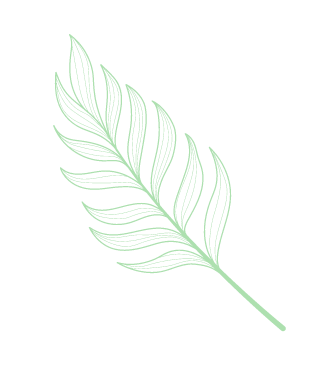
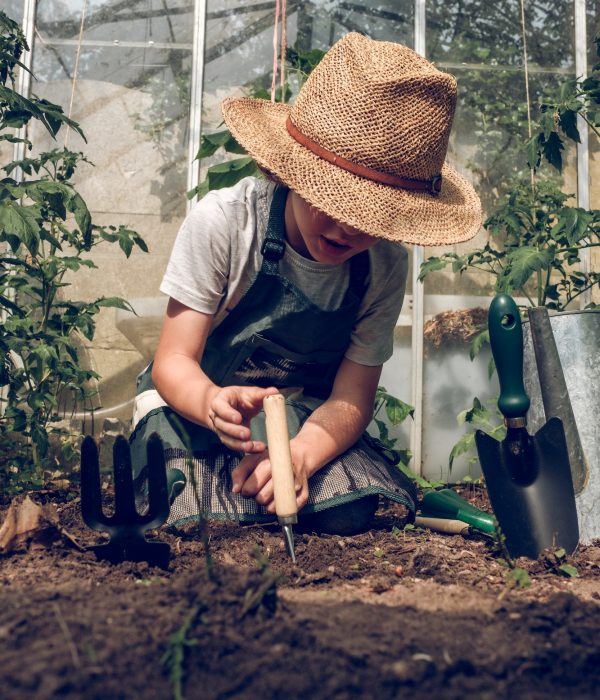
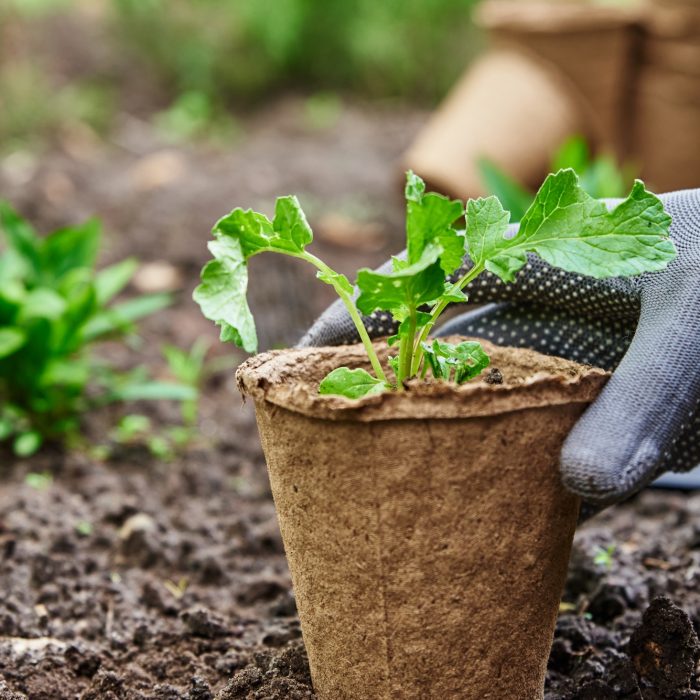
There are many different types, sizes, colours, and styles of pots for plants and flowers and every form of plant pot has its benefits and drawbacks. Even though it may seem that choosing pots and planters for your plant is just a matter of style, the size, shape, and soil or potting mix you select all directly affect the quantity of water your plant can access.
Therefore, it becomes crucial to be informed of the wide varieties so that you choose wisely when purchasing plant pots online and choosing the pot that is appropriate for your plant’s needs.
At Plant Judo, we understand the significance of garden pots. Hence, we bring a wide range of pots that are just perfect for your garden plants. We also provide the proper consultation, so it is easy for you to grow healthy plants.
Contact us today to ask any doubts.
Terracotta, also known as “baked earth,” is a general name for clay-based, unglazed pottery that is slightly porous. These are ordinary reddish-brown clay pots used as planters. Some terracotta interiors have a glazed finish.
As plant pots, conventional pottery pitchers are also used. Earthen materials used to make ceramic pots are often denser, less porous, and always glazed on the inside and outside. Similar characteristics apply to these ceramic materials when used as planting containers.
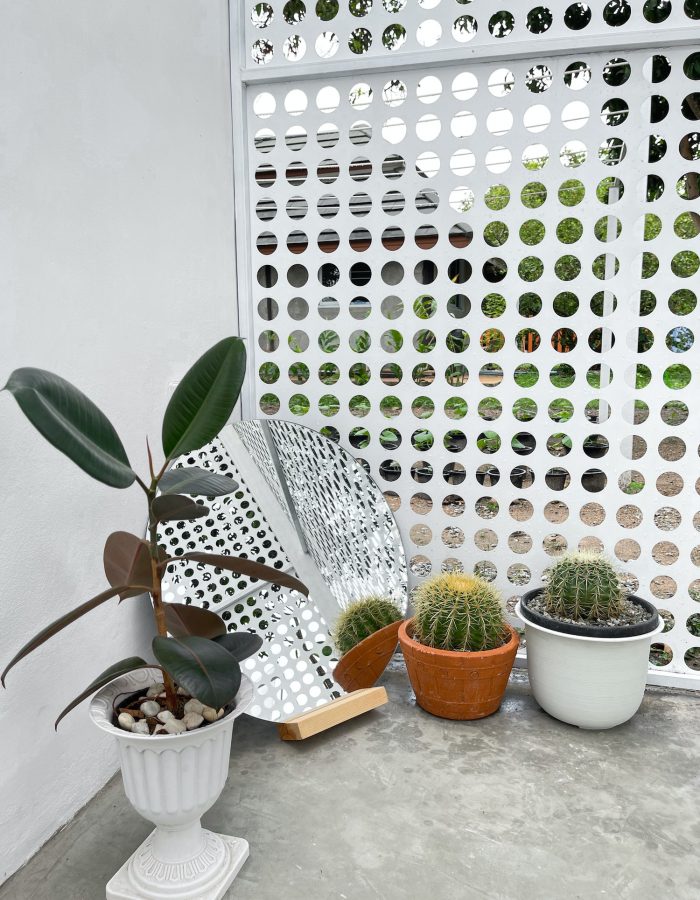
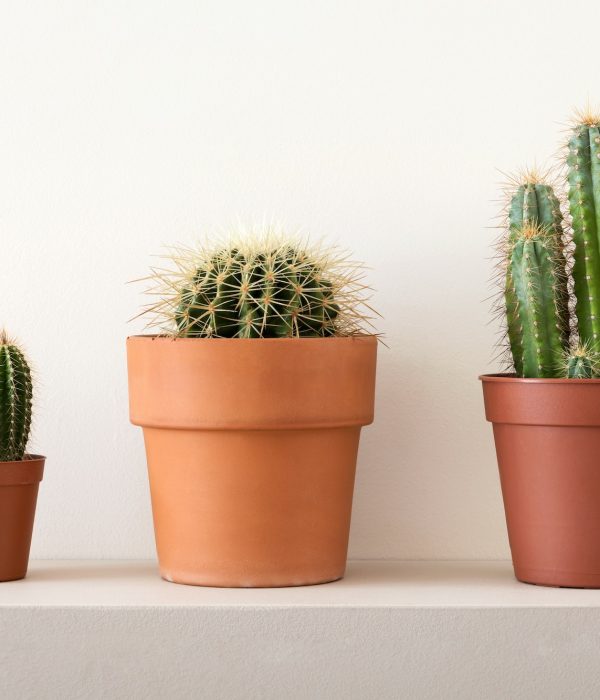
Wood is a beautiful natural building material that can also be used for planting pots and containers. Both styles and sizes might be quite contemporary or very traditional. Wood is the least expensive and most accessible option if you need a custom-sized container to fit a particular place or need it to match a hue.
A wooden planting pot can last many years if manufactured from suitable wood, treated appropriately, and kept in good condition. Cedar is a durable but pricey wood frequently used in planting planters.
Teak also lasts when exposed to external settings, whereas redwood, slightly more expensive, has similar qualities. Pine is a cheap material. However, it often does not last as long unless it has undergone pressure treatment with preservation agents.
Metal looks fantastic in pots. Many different metal containers range in size from enormous feed troughs to brushed stainless steel boxes to tin cans. A repurposed file cabinet also has potential. You can use metal surfaces that are polished, painted, or glossy.
Our hanging pots are your best option if you have little open ground for a garden or a place for pots in your home. They don’t require a lot of room or attention. You can use these flower pots to grow lovely flowers, which you can hang from your balcony. However, they require regular watering due to their less water retention abilities.
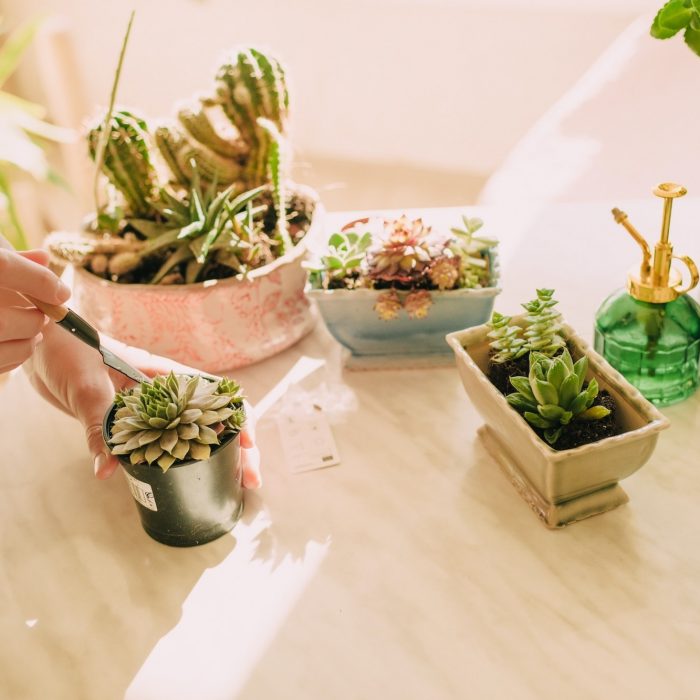
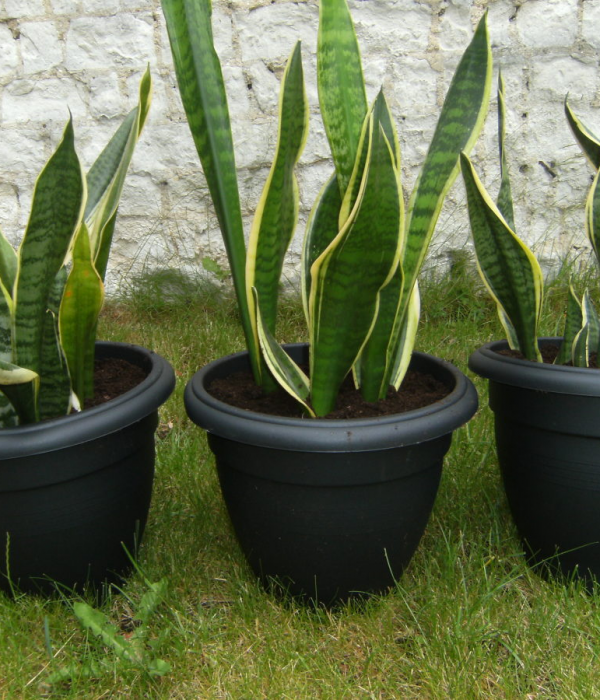
Our decorative plant pots and planters draw attention and give your garden a more attractive appearance. They are available in various sizes and shapes. Large urn planters are cumbersome to move, but they can hold more water for an extended period and give the plants excellent support. You can make it more upscale by putting ornamental pots and urns in your home’s interior.
Our plastic pots, which come in colourful variations, are an appealing choice for indoor and outdoor gardening. Because of their small weight, they can quickly move from one location to another. You do not need to sacrifice quality for money because they are very reasonable. They provide outstanding practicality and don’t require much upkeep.
Remember that larger containers make it simpler to grow plants than smaller ones. Large pots carry more soil, which retains moisture for a more extended period and can withstand sudden temperature changes. Small hanging baskets are prone to drying up, so you might need to water them twice a day during the hot summer months to keep the plants alive.
When deciding the type of plant you want to cultivate in each container, several things determine the container’s size and depth. A plant’s root system’s size and shape, as well as its perennial, annual, or shrub status and rate of growth, should all be taken into account.
Rootbound plants won’t grow effectively because the soil has been entirely occupied by them, drying out quickly. When planting various plants, pick a large pot or tub that will provide ample room for the roots of each plant. Darker containers trap more heat than lighter ones, keeping the soil warmer.

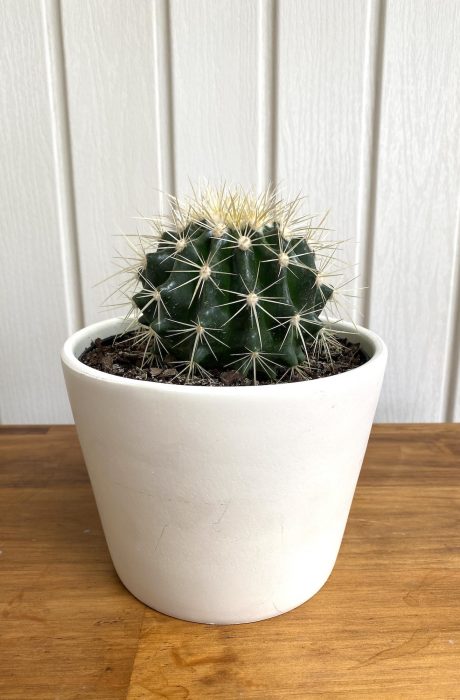
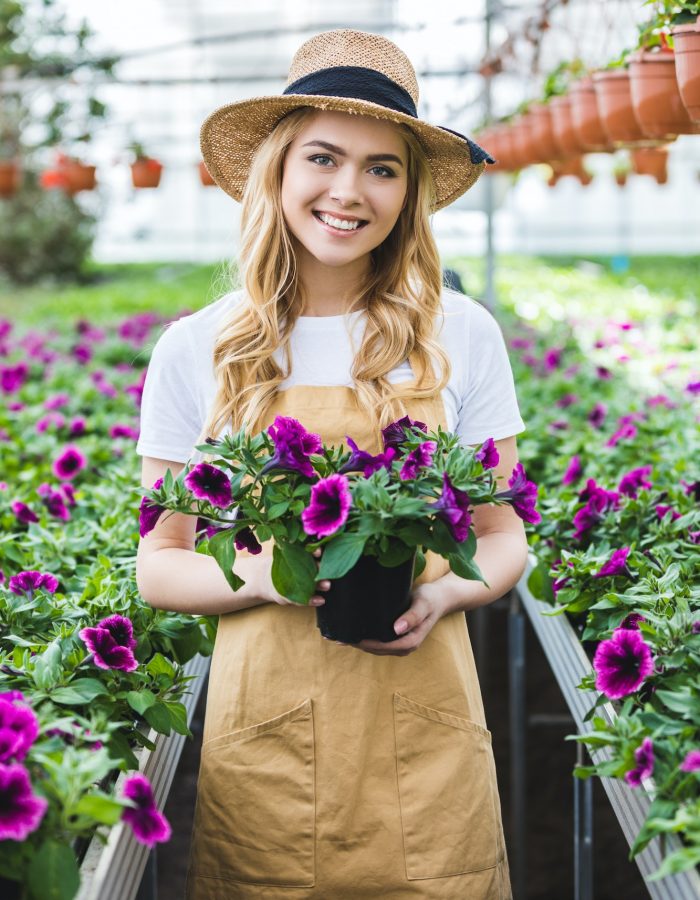
Drainage holes are necessary for each container, regardless of the material. Without drainage, the soil will become flooded, leading to plant death. Having many holes is unnecessary, but there must be enough for extra water to flow. Try making your holes in a container if there are none.
The best way to conceal a plain pot is to use a container without openings as a cachepot or cover. You can manage large plants and heavy pots with the help of cachepots, both with and without holes: Grow your plant within our stylish cachepot that fits into a regular nursery pot so you can transport it independently.
Our store offers hanging baskets, window boxes, and self-watering, double-walled containers. These are a practical choice if you have little plants that require frequent watering.
You will be surprised that your planter’s colour can significantly affect your plant’s growth. The soil’s temperature and how much sunshine it absorbs may vary depending on the colour of the planter. For instance, darker planters, like blue or black, will heat the soil more than lighter ones, like those white or beige.
The same rationale explains why most individuals wear lighter hues in the spring and summer and darker tones in the fall. More heat is absorbed and retained by darker materials and fabrics than by lighter ones.
So, when choosing a colour for your plants, consider where they will be placed in your garden.

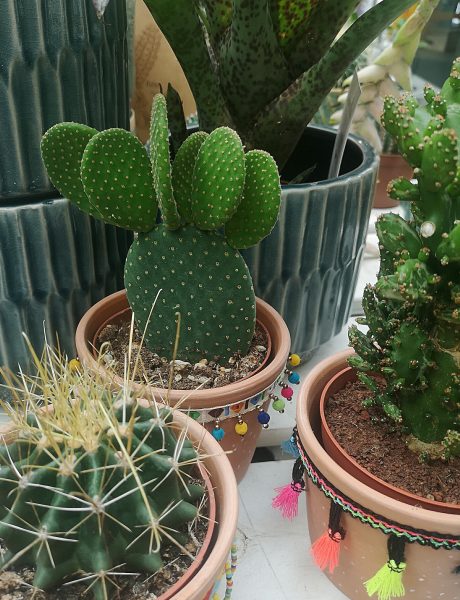
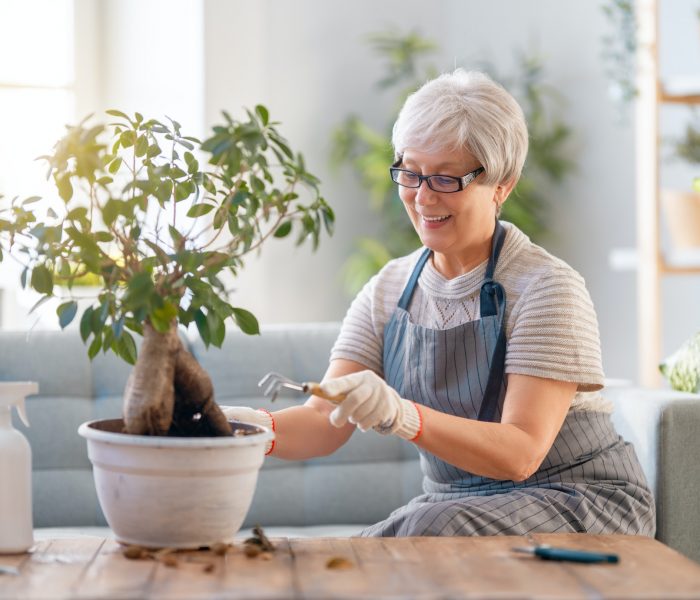
Our white pots are excellent because they reflect natural light without overpowering your outdoor space or garden with colour. They can also add brightness to other, darker-coloured containers and calmness to any space.
Despite not being particularly attractive, these planters open up a room and impart a welcome sense of newness and freshness. Pair these containers with darker hues to give your yard a serene appearance. Alternately, use them with deeper hues to provide a more contemporary or daring vibe.
These are probably the most frequently utilised neutral hues in residential and business gardens. They effectively reflect sunlight and prevent the soil from being too heated. Earthy hues like beige and tan can create a serene atmosphere in your garden.
Additionally, they complement practically every colour and work well in traditional and modern settings. Try growing neutral hues in the garden’s border and other sections if that’s your preferred aesthetic.
Plant brighter colours in the middle of the garden, such as greens, oranges, and light blues, to make these hues stand out more.
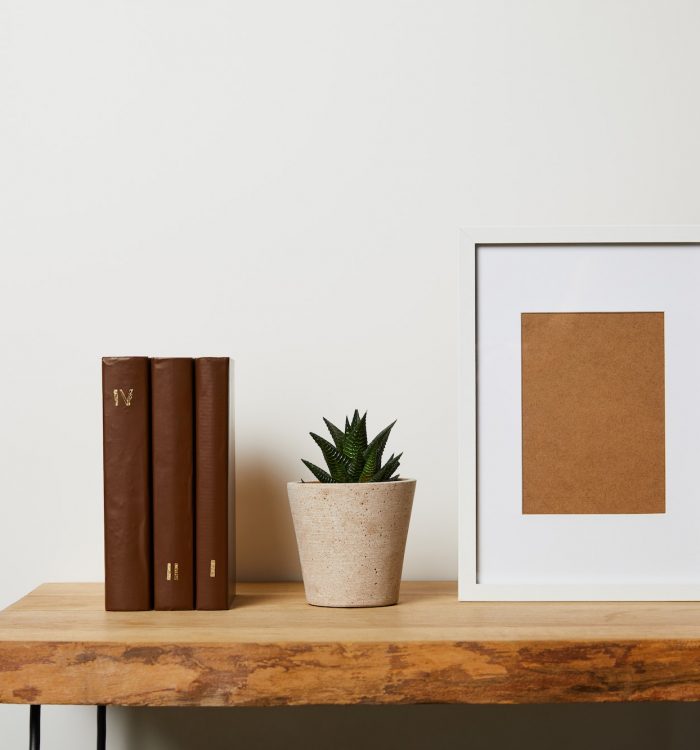
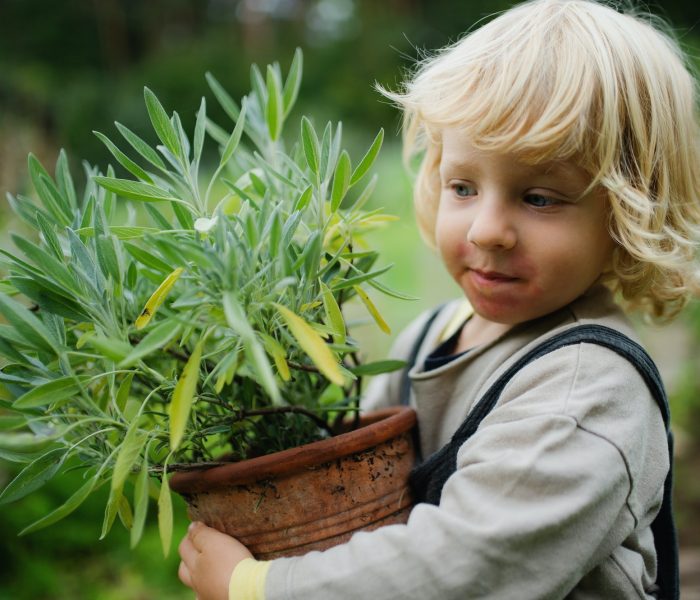
Greens and blues are perhaps the most adaptable hues for planters and pots. You can match them with a variety of tones and practically any decor. They go well with vibrant hues like red and yellow to give your garden a more energetic atmosphere. They’re ideal for bringing coolness and a sense of relaxation.
You should use these colours with caution because deeper hues can absorb more sunlight and raise the soil temperature of your plant. For the first time, you use these planters outside and put a thermometer in the pot to monitor the soil’s temperature, especially during the warmer months.
Most people today like using plants and other living things to decorate their homes as greenery is believed to promote relaxation, tranquillity, and peace of mind, and these new plants are the best pieces of décor one could own.
But do you ever wonder how you can use plant pots for various plants?
You’re entirely mistaken if you think that all large plants, whether they are indoor, outdoor, or hanging plants, can be kept in a single type of pot. Any plant’s health and longevity depend on the pot’s proper fit.
At Plant Judo, we’ve all of your most popular and well-known beautiful pots that not only fit a variety of plants but also brighten up your homes!
If you have any gardening-related doubts, get in touch with our experts, who will be happy to assist you.

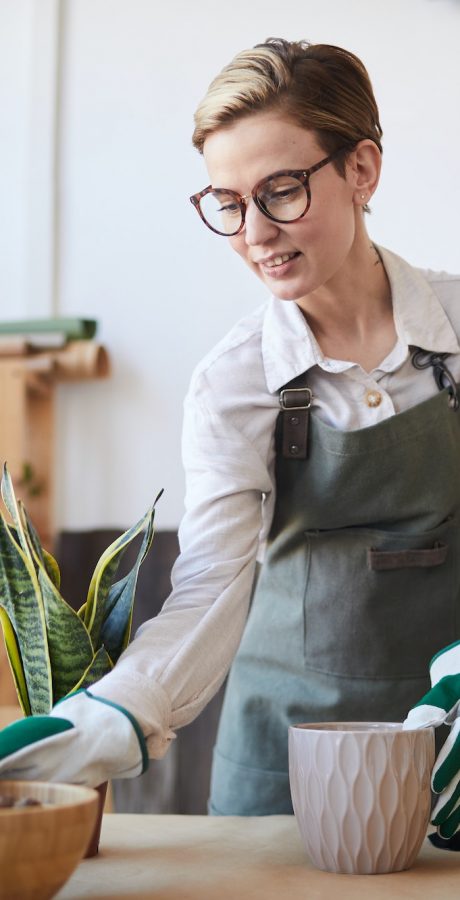
We advise selecting a pot of organic materials like stone or terra cotta. These materials provide for good drainage through evaporation since they are water-permeable. A plant with good drainage has a lower risk of developing root rot and is more likely to flourish to its fullest potential after being moved outside.
The colour of plant pots is significant because it affects how much heat the pots hold. Darker pots absorb more light and hold heat for longer than lighter ones. The hue you select should be determined by the local climate.
A soil addition called perlite promotes root growth and enhances drainage. Additionally, it can prevent soil in a container from becoming compacted. Although perlite can be purchased separately and blended into soil, some potting soil already contains some perlite.

Copyright © 2024 Plant Judo. All Rights Reserved
Kemp House, 152 – 160 City Road,
London, EC1V 2NX
United Kingdom